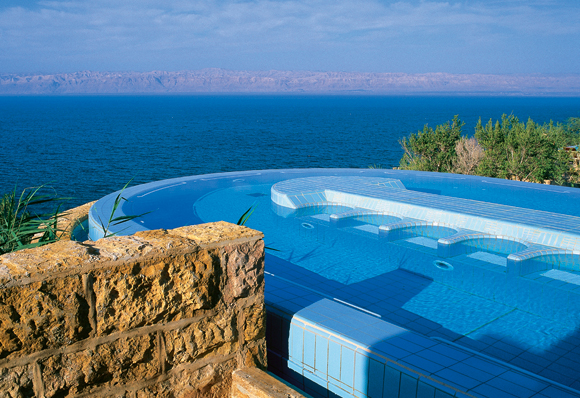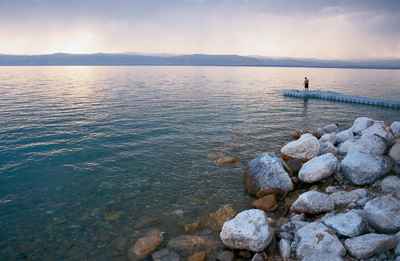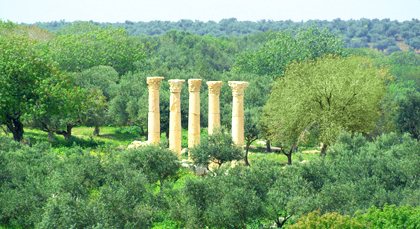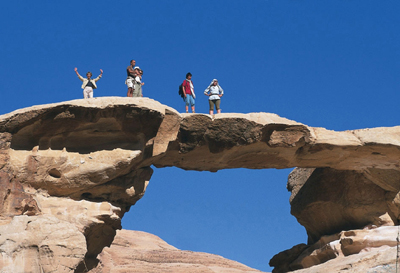Jordan Tourist Paradise
With over 10,000 registered archaeological sites, one can visit the earliest known human settlements in the world; some of the best preserved Roman temples, forums, and Colosseum outside Italy

Jordan Tourist Paradise·
capital city of Jordan known as one of the freest, safest, and most liberal Arab cities in the Middle East.
Jordan is a tourist paradise, offering something special to just about every imaginable type of visitor—from eco-tourism to sports- and nature-tourism, medical tourism to education tourism, dazzling city lights to the most serene desert-scapes. With over 10,000 registered archaeological sites, one can visit the earliest known human settlements in the world; some of the best preserved Roman temples, forums, and coliseums outside Italy;
many of the holiest religious sites of Jewish, Christian, and Islamic history; some of the best examples of Hellenistic, Byzantine, and early Islamic architecture and art; Crusader and Muslim castles; the most picturesque nutural formations and nature preserves—and finally, the most beautiful Lost City of a long-lost ancient civilization and a people: the Seventh Wonder of the World, Petra.
Most visitors to Jordan arrive by air at the newly enlarged Queen Alia International Airport, just 30 minutes from Amman, the sprawling, capital city of Jordan known as one of the freest, safest, and most liberal Arab cities in the Middle East. Of the 4.8 million Arab tourists from the Gulf countries, over half come to Jordan, and over half of those come for the either the tranquility of Amman’s safe streets and welcoming culture, or for the excitement of its city lights, shopping, or night-life.
Famous in ancient times as Philadelphia, one of the great cities of the Decapolis, Amman is vibrant with both energy and history.
Begin your tour of Amman by visiting the Citadel hill towering over the city; here you will find the al-Qasr palace and colonnaded grounds dating back to the Islamic Umayyad period; nearby is the Temple of Hercules, a Byzantine chapel, and just down the hill are the remains of two Roman theatres, one seating 6000 another seating 500 that is still used today as it was in Roman times. This is just the beginning of the architectural wonders of Amann, which include ancient fountains, forums, and cemeteries, in addition to dozens of museums for everything from the Neolithic age to the Royal Automobile Museum.
Within 100 km (60 miles) of Amann are the famous ancient cities of Gerasa, Gedara, and Pella (known today as Jerash, Umm Qais, and Tabaqat Fahl, respectively) each founded by Greeks on earlier settlements that grew to heights of prosperity under Roman rule as cities of the Decapolis League. Jerash attracted more than 290,000 visitors in the first 9 months of 2010 alone.
To the east of Amman is the “desert castle loop” consisting of more than a dozen luxurious resorts, resting places, pavilions, caravan stations, secluded baths, and hunting lodges built during the Umayyad dynasty and considered the most spectacular monuments of early Islamic art, when Muslims transformed the desert into well-watered settlements. 
Crusader and later Muslim castles stretch as a line of strongholds from the northern border to south of Amman, including the famous Mont Real (Shobak) and Kerak.
The Jordan valley is teeming with religious sites, the most famous of which is Mount Nebo, where Moses viewed the Holy Land he would never enter—visited by 281,000 tourists in the first 9 months of 2010. Just to the north of it is Madaba, site of fabulous mosaics of the Byzantine period; and numerous other sites mentioned in the Old and New Testaments, as well as famous sites of Islamic history.
But Jordan’s greatest jewel is Petra, lying 280 km south of Amman via the Kings highway—the oldest continuously traveled road in the world, paved as a Roman road under the Emperor Trajan.
Petra
The site of Petra seems to have been continuously settled going back 9000 years, most of which are shrouded in mystery until the Edomites arrived about 1200 BCE. We don’t know much about the Edomites, though they are mentioned a couple of times in the Bible. About 600 years after they arrived, a new people moved in, the Nabateans, and the Edomites disappeared without a trace.
But with the Nabateans, something took off that amazes us even today, more than 1500 years later, even though the Nabateans also disappeared as a people. It’s just that the Nabateans left something behind, a city of exquisite beauty carved in rock.
And, for everyone who ever visits there, there is a spirit, an aura around the place, that is still living, breathing, pulsing. No one who goes to Petra leaves untouched by it.
They call it the Seventh Wonder of the World. 670,000 tourists were attracted to Petra in the first 9 months of 2010, and that was 30% more than in the same period of 2009. Next year, it will probably be 30% more—maybe a million in 12 months…and the year after that even more….Petra is some place that you just have to see…
These include the famous Shobak (Mont Real), Kerak, and avilions, caravan stations, secluded baths, and hunting lodges, were at one time integrated agricultural or trading complexes, built mostly under the Umayyads (661-750 AD), when Muslim Arabs had succeeded in transforming the fringes of the desert into well-watered settlements.
Aside from being widely considered as the most spectacular and original monuments of early Islamic art, these complexes also served practical purposes: namely, as residences, caravanserais, and baths.